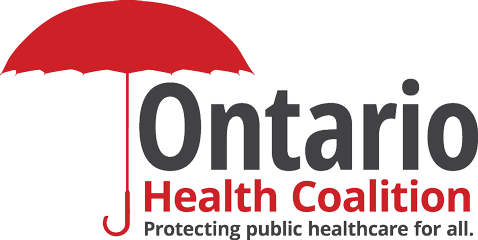‘Such crisis;’ healthcare needs to be addressed by next provincial leader
Posted: February 12, 2025
(February 12, 2025) By: Matt Betts, Cambridge Today.ca
Cambridge is short approximately 10 to 15 family doctors to serve everyone who needs one
Here come the promises.
As provincial party leaders make stops on the campaign trail leading up to the Feb. 27 election, they’re sharing their solutions to issues ranging from homelessness to healthcare.
It’s the latter of which Jim Stewart, the chair of the Waterloo Region Health Coalition, believes has to be immediately addressed with action by the next Ontario leader.
A family doctor shortage, wait times and emergency room closures have all hampered the level of care offered to residents locally and across the province.
“Millions of people, 2.5 million people, don’t have access to family physicians, which is the linchpin of our public healthcare system,” Stewart said.
“If you don’t have a doctor, you can’t see a specialist, there’s lots of tests you can’t get done without stepping through a wide variety of hoops.”
According to Ontario Health Coalition data from 2023, there have been 868 temporary or permanent emergency room closures, 316 urgent care centre closures, eleven obstetrics unit closures, two out-patient laboratory closures, one intensive care unit closed and one labour and delivery unit closed over the three years prior.
That’s 1,199 total closures, a number Stewart said has likely grown.
“This is unprecedented up until this government took power,” Stewart said.
“We’ve never seen our healthcare system in such crisis.”
Doug Ford responded to the issue by proposing a $1.8 billion plan just days before the election began to ensure every Ontarian is connected to a family doctor by 2029 through primary care teams. These teams can be made up of family doctors, nurse practitioners, nurses, social workers, dietitians and other healthcare professionals.
Donna Gravelle, the physician recruiter for the organization Doctors4Cambridge, said the city is 10 to 15 family doctors short of where it should be to serve each resident. Back in May, it was estimated 13,000 people were without one.
Gravelle believes the funding sounds good but it needs to be backed by an actual roll out.
“I’d like to see the plans,” Gravelle said of the promise.
“I see the figures they’re throwing out there but I’m not seeing actual plans. From what I’ve heard from different physicians associations and physicians, the first step is making it easier for the doctors who are currently working and the ones who are coming out of residency to go into family medicine.”
Administrative burdens, compensation and team-based care all remain issues. Administrative tasks alone, such as charting, has been said to take up to 25 per cent of a doctors time.
Clearing the waitlist and the use of digital tools are also part of Ford’s plan, although details remain scarce.
“I think in some cases, offices are now using AI,” Gravelle said.
“If the government can help increase the use of AI, that can cut down on administrative time. They need to streamline things better.”
Both Stewart and Gravelle agree the solution comes from a combination of funding and addressing the operational model, which works in unison.
Stewart said there’s typically two types of budgets for hospitals. The first is capital budgets used for building new hospitals and maintaining infrastructure. The other, which covers things such as nurses, testing and administration, comes from operational budgets.
“It’s those operational dollars that aren’t being spent,” Stewart said.
“They’re providing some improvements in funding to the hospitals but it doesn’t keep up with the number of people steadily increasing in society. Our population is also getting much older, so the types of healthcare we need is much more complex. If you don’t have the people, all you’ve got is a fancy building.”
Click here for the original article


